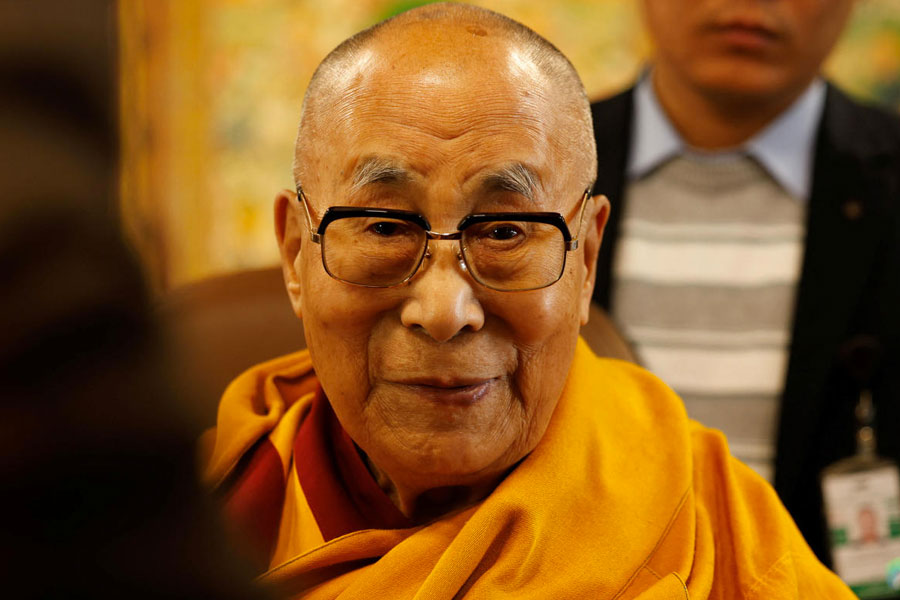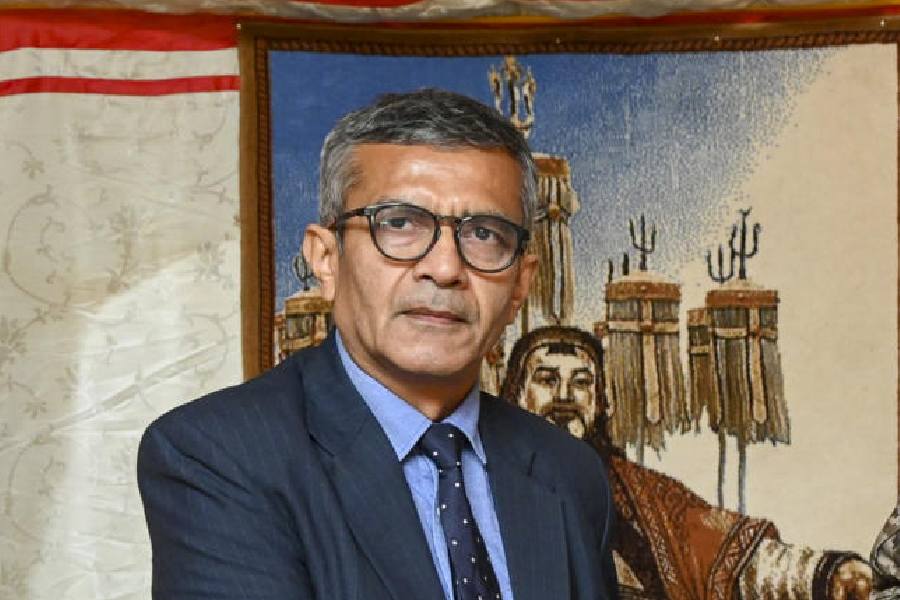Propriety lies in the eyes of the beholder. Clothing that may appear ‘proper’ to some, say, the sari when worn in an imaginative way, can seem provocative to others. Similarly, a traditional dress for one community can, as a result of ignorance, be seen as a marker of inferiority — of class and birth — by another, as was the case with a woman from Meghalaya in the national capital recently. The diversity of India’s population is mirrored in the variety of its apparel. But India’s rulers continue to frown upon sartorial choices. Governments — irrespective of political affiliations — have tried to impose their conservative views in a bid to enforce what they consider to be appropriate. Women’s bodies are most often the site where moral and ethical quandaries are played out. This time, educators in Punjab are at the receiving end of such an infringement. A new parameter has been added to the annual confidential report form used to evaluate the teachers’ yearly performance: pehrawa or attire. Out of the total five marks carried by the ACR, .5 has been allotted to this category. The teachers’ choice of clothing will be flagged as ‘right’, ‘provocative’ or ‘objectionable’ by the school authorities. The new norm comes after the state education minister, Aruna Chaudhary, suspended two government officials last month for instructing teachers in state-run schools to dress “decently” — they were asked to avoid “jeans, tops and bright” clothes — without consulting the ministry. Ms Chaudhary had pointed out that instructing women about what they should wear cannot go together with attempts to empower them. So far, Ms Chaudhary has not said anything about the new ACR form.
However, silence can be seen as tacit approval. Take, for instance, the prime minister’s alleged apathy towards the targeted lynchings of ‘beef eaters’. Narendra Modi has now spoken up — he had done this once earlier — to remind the nation that killing in the name of gau bhakti is unacceptable. But pious pledges hold little value unless they are backed by effective deterrents. Stringent, demonstrative action is one way of securing the varied sensitivities arising out of India’s plurality. Political parties, though, have always been accused of exploiting popular sentiment, dividing the nation in the process. Respect for sensitivities cannot exist without deference to diversity.










